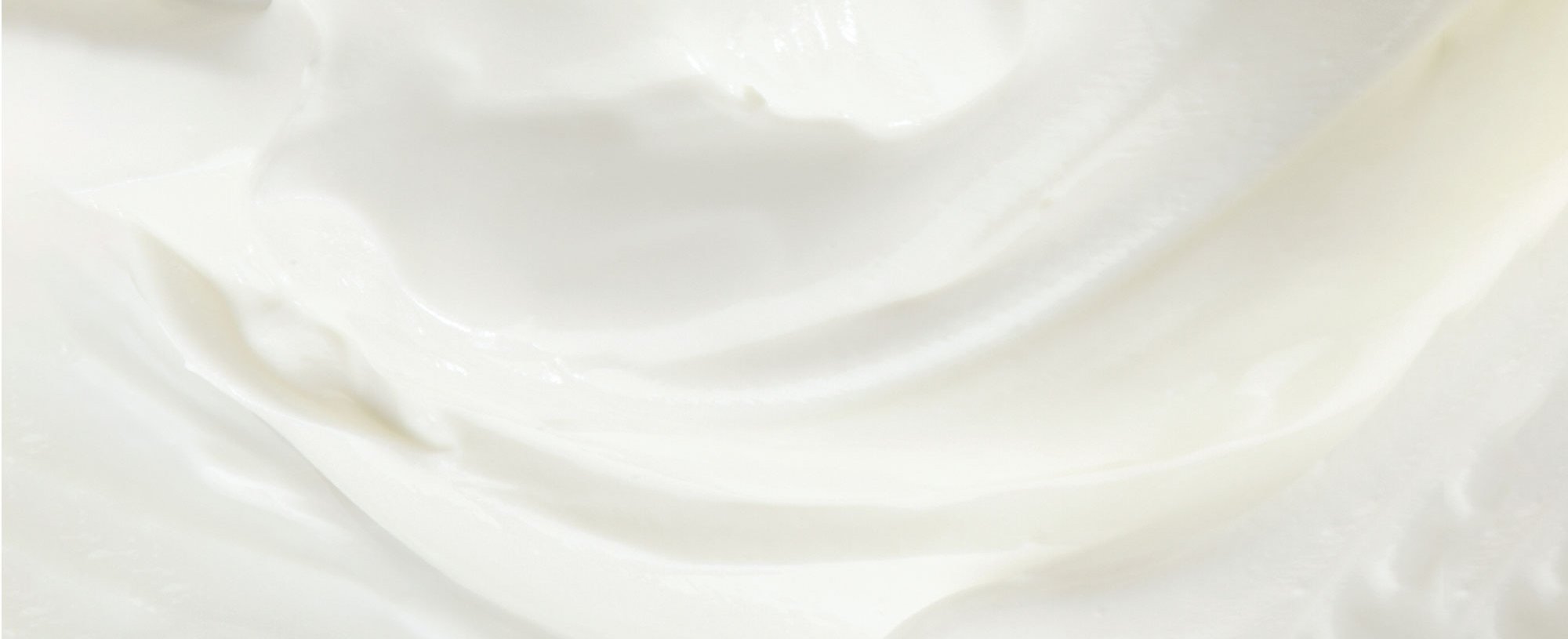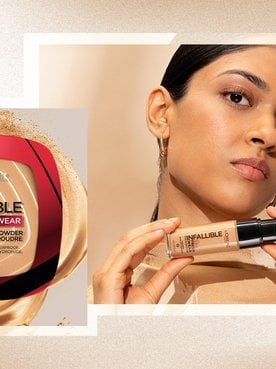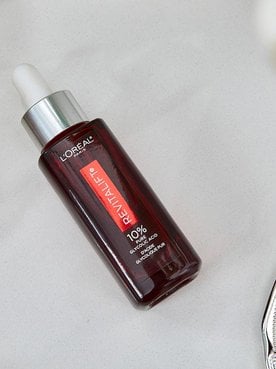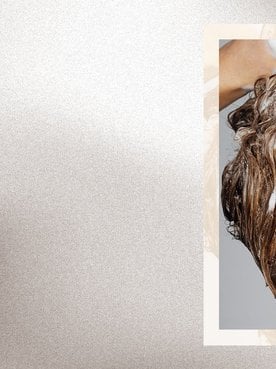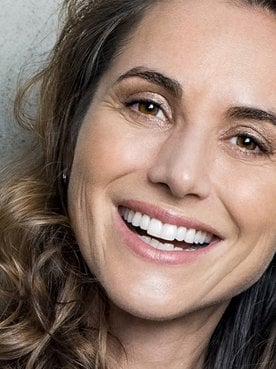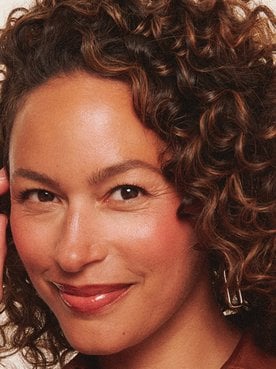So, you’ve decided to color your hair? Congratulations! When it comes to your beauty routine, changing your hair color is one of the most exciting things you can do. In fact, it’s a way to add a major pop to your look (especially if you opt for a bold hue!), and it allows you to express your personality to boot. But, depending on the look you’re after, coloring your hair isn’t always the easiest process. For starters, deciding on who, exactly, should dye your strands is a tough question. Should you book an appointment at your nearest salon or should you DIY it at home? And if you do decide to play hair colorist from the comfort of your bathroom, figuring out which dye to buy can be confusing. With so many options available, how can you know for certain which kit is right for you? Should you select a semi-permanent hair color or a permanent hair color? Plus, do you really need to switch up your hair care regimen once you’re sporting a brand spanking new tint? (The answer to that is yes, you do!). Luckily, we’re here to make the process easier. Here’s everything you need to know before you dye your hair so that you can make the most informed choices possible. Happy coloring!
POPULAR HAIR COLORING TECHNIQUES TO CONSIDER
If you’re heading to the salon, it’s time to brush up on your hair color lingo. (And remember to bring a picture of what you want—this will help prevent any unwanted surprises!) These are a few of the different types of techniques your stylist can use to add dimension and movement to your strands.
1. Balayage. Developed by French hair colorists, balayage, a highlighting technique, has been around since the 1970s but has recently really taken off in popularity. When it’s done right, you’ll look like you’ve just spent a few days at the beach—basically, your highlights should be on the pieces of hair that see the most movement (around your face and crown, specifically). Balayage looks natural as it grows in (meaning fewer touch-ups!). Overall, it’s a great option for those with brown hair who want to brighten up their look.
2. Ombré. Ah, ombré hair—let us count the ways we love you. Ombré hair offers you a whole lot of contrast between your roots and your ends. And don’t think you just have to stick with blonde ends—you can totally opt for a rainbow hue! Pink or teal, anyone?
3. Sombré. This technique is a little bit softer than ombré (sombré means “soft ombré”). To get this look, ask for highlights that are just a few shades lighter than your natural color so that the result is subtle.
4. Bronde. Listen up, brunettes! Bronde—a combination of brown and blonde hair—is definitely something you should think about if you have light brown hair, since it looks natural and adds texture. (It’s also low maintenance!) Typically, with this hair color technique, highlights are about one to two shades lighter than your base color, and they’re applied to areas that would be hit by the sun.
5. Lowlights. These are usually at least two tones darker than your natural hair color and can add depth and dimension to light brown hair. Because who says brown has to be boring?
6. Babylights. Want strands that look sun-kissed? Well, you don’t actually have to spend any time outside to get them! Consider babylights, which are super-skinny highlights that are generally one shade lighter than your natural color.
our best AT-HOME HAIR COLOR KITS
If you’re opting for a complicated technique or you want to make a major change (like going from dark brown to platinum blonde), your best bet is to see a professional colorist, as you may need to book multiple sessions at the salon to achieve your desired color. But if the change you want to make is simple and you’re interested in DIY dyeing, picking the right coloring kit is key. Here are a few options you should have on your radar.
For all-over color…try L’Oréal Paris Féria or L’Oréal Paris Superior Preference. Whether you want to sport a trendy shade like rose blonde hair or something a little more natural-looking, like chestnut hair, there are plenty of options for you to choose from in these two lines.
For gray coverage…try L’Oréal Paris Excellence Creme. The non-drip creme (which helps protect hair as it colors) comes in a variety of shades so that you can easily find your best match.
For a rainbow shade…try L’Oréal Paris Colorista Semi-Permanent Hair Color or L’Oréal Paris Colorista 1-Day Spray. The former lasts 4-8 shampoos, while the latter lasts one shampoo—both at-home hair color options come in a wide array of rainbow hair colors.
For ombré…try L’Oréal Paris Colorista Ombré Bleach. Lighten your ends for an on-trend look with this at-home hair dye.
For highlights…try L’Oréal Paris Touch-On Highlights. If a sun-kissed hair color is what you’re after, then reach for this at-home hair color kit, which comes with a touch applicator.
HOW TO TAKE CARE OF COLOR-TREATED HAIR
Before you reach for your at-home hair color, it’s important to understand that you may need to treat your hair differently once you’ve actually colored it. To keep your locks feeling soft and to preserve the life of your new hue, follow these tips.
1. Use a shampoo and conditioner formulated for color-treated hair. You invested a lot in getting a new look, so don’t wash that color down the drain. Opt for sulfate-free hair care products that are formulated for color-treated hair, like the L’Oréal Paris EverPure Repair & Defense Shampoo and L’Oréal Paris EverPure Repair & Defense Conditioner. Massage the shampoo into wet hair, lather, then rinse. Follow up by applying the conditioner and leaving it on for 1-3 minutes.
2. Add a hair mask to your routine. Sometimes, color-treated hair needs a little extra love. That’s where a hair mask comes in. Use one, like the L’Oréal Paris EverPure Repair Remedy Balm, once or twice a week. After shampooing, slather on the mask and leave it on for three to five minutes before washing out.
Planning on getting a haircut while you’re trying out a new color? If that’s the case, be sure to read up on the 5 Questions to Ask Yourself Before Getting a New Haircut.
